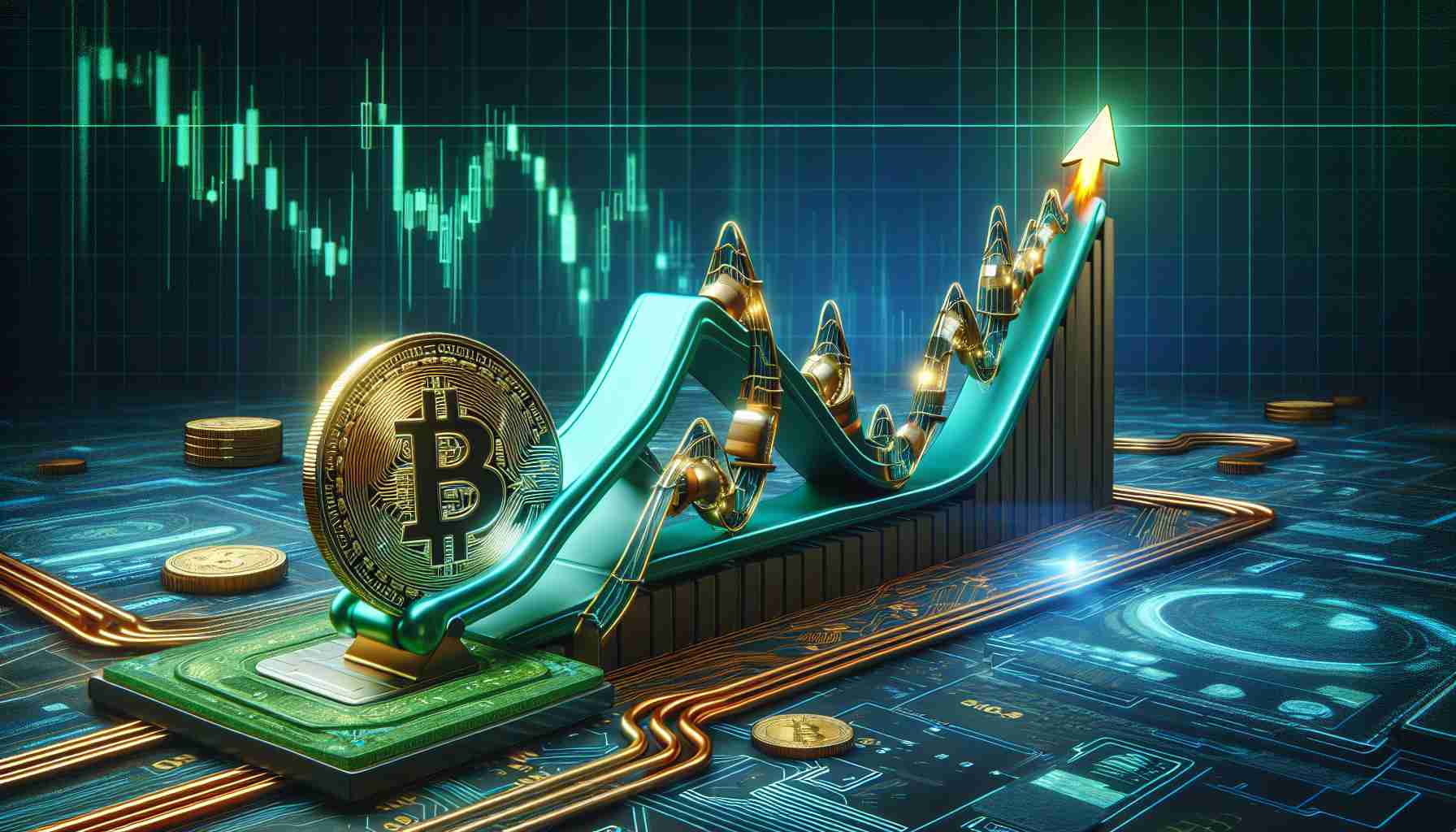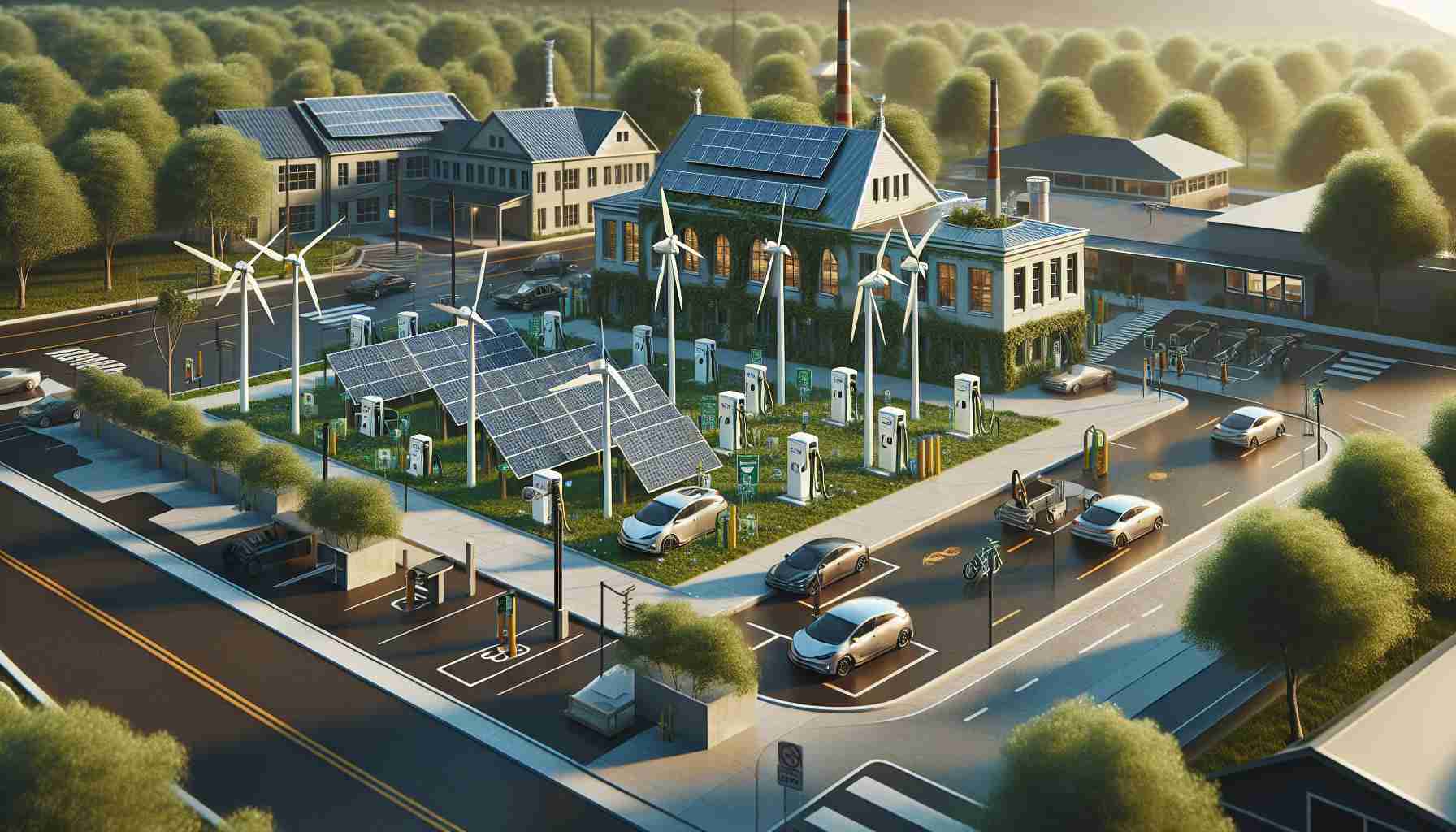A shocking incident occurred at the Palazzo Fava museum in Bologna, Italy, where a significant sculpture by Ai Weiwei was violently destroyed by an individual during its exhibition. The artwork, known as “Porcelain Cube,” was left in ruins after the act of vandalism, which was caught on the museum’s security cameras. The footage conveys the moment the suspect smashed the artwork, exulting in the destruction before being apprehended by security personnel.
Ai Weiwei, an outspoken critic of the Chinese government and an advocate for artistic freedom, expressed his dismay over the incident. He emphasized the importance of creativity and cultural heritage, urging individuals to channel their frustrations towards more significant societal issues rather than attacking art that enhances our shared humanity.
The assailant, identified as Vaclav Pisvejc, is known for past controversial actions that sought to provoke discussions through shock value. Notably, he previously gained notoriety for an altercation with the acclaimed performance artist Marina Abramović. Local curator Arturo Galansino remarked that the act seemed less about artistic expression and more about seeking notoriety through destructive behavior.
This incident echoes a troubling pattern for Ai Weiwei, whose works have been both celebrated and targeted for destruction over the years. The rich discussions that art provokes continue to be marred by such acts, inviting reflection on the role of art in society and the desperate need for dialogue rather than destruction.
Art Under Siege: Vandalism Strikes Ai Weiwei’s Masterpiece
In recent times, the art world has faced a distressing trend of vandalism, with the recent destruction of Ai Weiwei’s significant work “Porcelain Cube” amplifying concerns over the safety and sanctity of art. This event at the Palazzo Fava museum in Bologna has sparked intense debates about the responsibility of artists, the role of museums, and the wider societal implications of such destructive behavior.
What are the main reasons behind the increase in art vandalism?
Art vandalism can stem from a variety of motivations, including political statements, personal grievances, or a desire for notoriety. In the case of Vaclav Pisvejc, the individual responsible for the destruction, it appears that his actions were an attempt to draw attention to himself rather than to provoke meaningful social dialogue. This raises critical questions about the thin line between performance art and irrational acts of violence against public art.
Key Challenges and Controversies
One of the most pressing challenges is protecting public artworks from vandalism while preserving freedom of expression. Museums and galleries often struggle to strike a balance between showcasing daring pieces that may provoke thought and ensuring that their exhibits are safe from destruction. Moreover, the question of whether the vandal’s actions warrant any form of media coverage also presents a controversy—many argue that publicizing such acts can further fuel similar behavior.
Advantages and Disadvantages of Art Conservation Efforts
The advantages of strong art conservation and protection measures include preserving the integrity of artistic works for future generations and maintaining a safe environment for visitors. However, overly stringent regulations could potentially stifle creativity and limit artists’ experimentation, compromising the very essence of contemporary art.
Implications for the Art Community
This incident not only damages Ai Weiwei’s work but also poses a broader threat to artistic expression globally. Prominent artists and cultural commentators have emphasized the need for communities to protect art as a vital form of agency and expression. The discussions surrounding this event have also ignited conversations on the potential need for reforms in the art community’s approach to handling controversial figures and their relationship with public artworks.
Responses from the Art World and Society
In the aftermath of this vandalism, notable figures in the art community have called for stronger measures to secure artworks, advocating for education programs that address the importance of protecting cultural heritage. Furthermore, social media has become a platform for dialogue surrounding the respect and appreciation of art. Many have taken to online platforms to express their outrage over the incident, emphasizing that art should foster connection rather than conflict.
For those interested in exploring more about Ai Weiwei’s philosophies and impact on contemporary art, resources can be found on his official site at aiweiwei.com. Additionally, discussions about the implications of vandalism in art can be further studied through platforms like artnews.com and artsy.net.
As the discussion continues, it is imperative for society to reflect on the values we attribute to art and the actions we take to protect it, ensuring that creativity flourishes amid the challenges it faces.






















